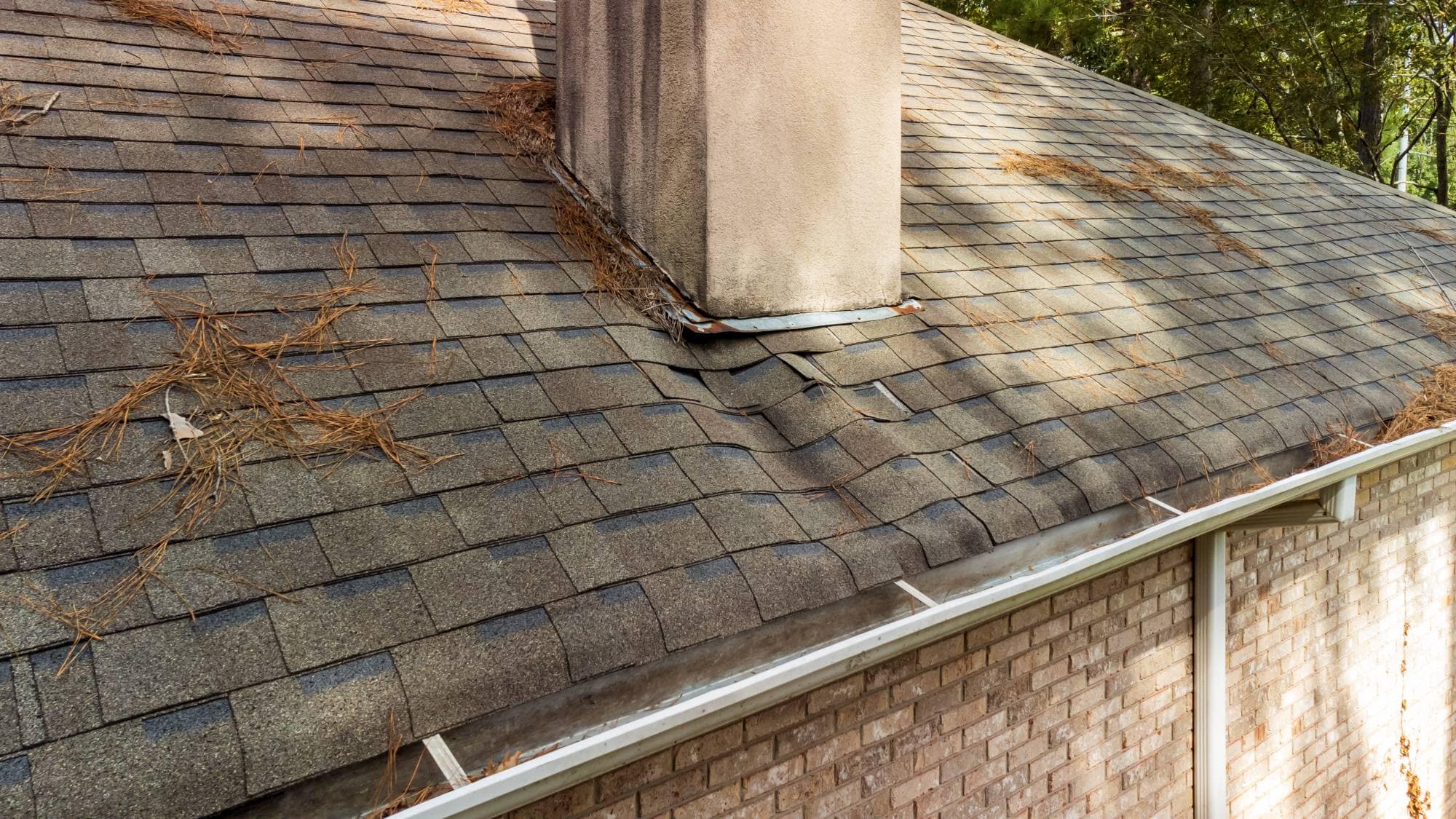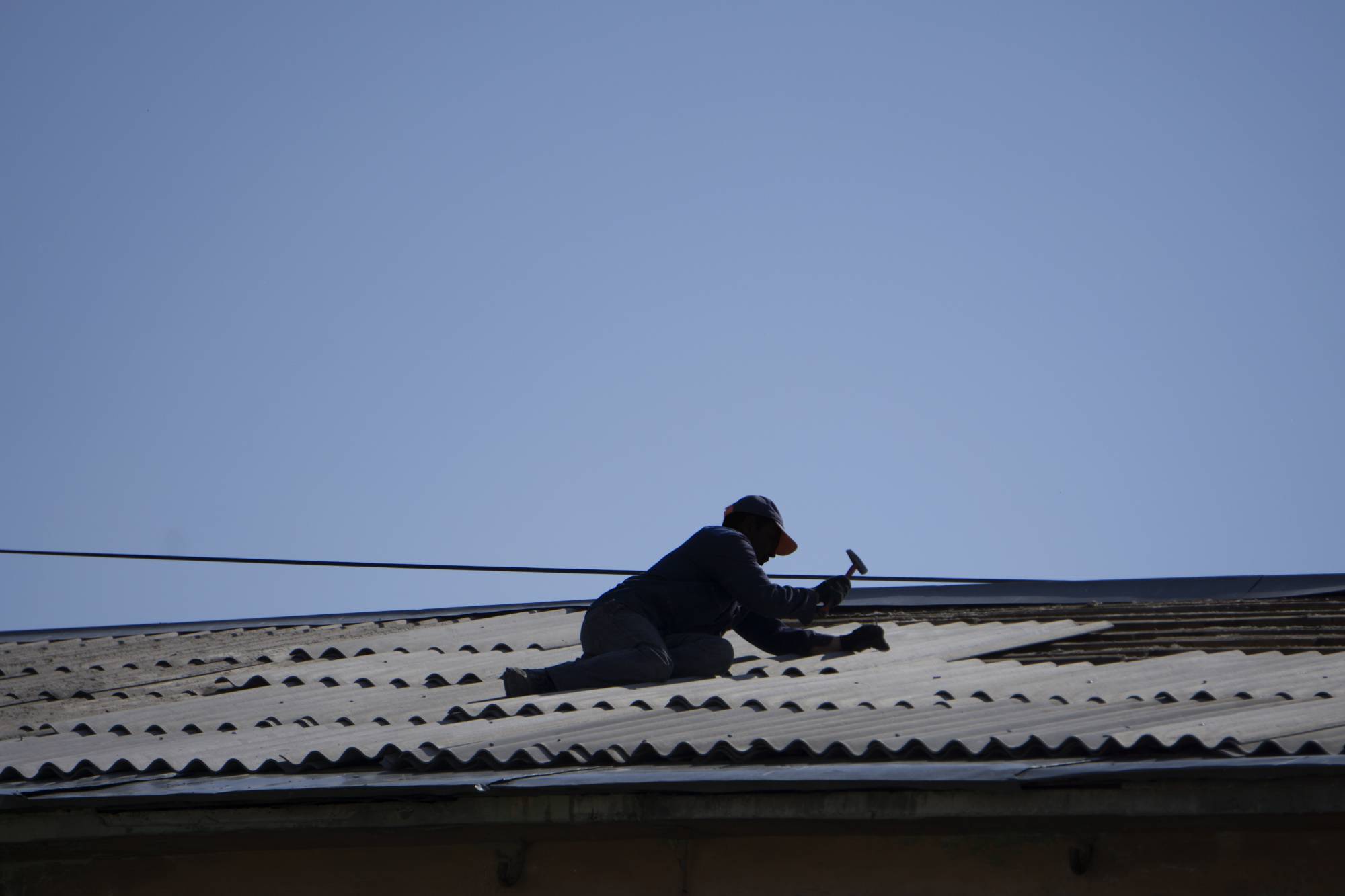Fast, reliable chimney leak repair that actually solves the problem the first time, protecting your South Rehoboth home from costly water damage.

Hear from Our Customers

When your chimney stops leaking, everything changes. No more water stains creeping down your walls after every storm. No more musty smells that make you wonder what’s growing behind your fireplace. No more lying awake during heavy rain, wondering if this is the storm that finally causes serious damage.
You get peace of mind knowing your heating system works safely. Your home stays dry, your family stays healthy, and your property value stays protected. Most importantly, you avoid those nightmare repair bills that can hit $10,000 or more when small leaks turn into major structural problems.
The difference between a $400 repair today and a $15,000 replacement next year often comes down to catching problems early and fixing them right the first time.
Above and Beyond Chimney has been solving chimney problems throughout Bristol County for years, and we understand exactly what South Rehoboth homes face. The coastal moisture here hits chimney brickwork differently than inland areas. The freeze-thaw cycles we get every winter create specific patterns of damage that require local expertise to diagnose and fix properly.
We’ve seen how the types of wood commonly burned in this region affect creosote buildup, and we know which repair materials hold up best against our New England weather. When you call us, you’re getting technicians who have worked on hundreds of chimneys just like yours.
Our approach is straightforward: we show up when we say we will, we explain what we find in plain English, and we give you honest recommendations without trying to sell you services you don’t need.

First, we inspect your entire chimney system to identify exactly where water is getting in. This isn’t guesswork – we check the flashing where your chimney meets the roof, examine the crown and cap for cracks, and look for signs of masonry deterioration. We also check for the tricky stuff, like condensation issues that can disguise themselves as leaks.
Once we pinpoint the source, we explain what we found and what it’ll take to fix it. No surprises, no hidden costs. If it’s damaged flashing, we replace it with materials designed to handle our weather. If your chimney crown has cracks, we use concrete mixes with special additives that resist freeze-thaw damage.
After repairs, we test everything to make sure the leak is actually gone. You get a clear explanation of what we did and what to watch for going forward. The goal is solving your problem permanently, not creating a reason for us to come back next year.

Ready to get started?
Our chimney leak repair service covers all the common culprits that cause problems in South Rehoboth homes. We handle flashing repair and replacement, chimney crown restoration, cap installation, and masonry work. If your leak involves multiple issues – which happens more often than you’d think – we address everything in one visit.
Bristol County’s weather is particularly hard on chimneys. The combination of coastal moisture, freeze-thaw cycles, and the occasional severe storm with 60+ mph winds creates a perfect storm for chimney damage. We use materials specifically chosen to handle these conditions, like copper or galvanized steel caps and concrete mixes designed to resist cracking.
We also protect your home during the work. Multiple layers of drop cloths around your fireplace, HEPA-filtered vacuums for soot and debris, and careful cleanup mean you won’t find dust or mess after we’re done. This is your home, and we treat it that way.
